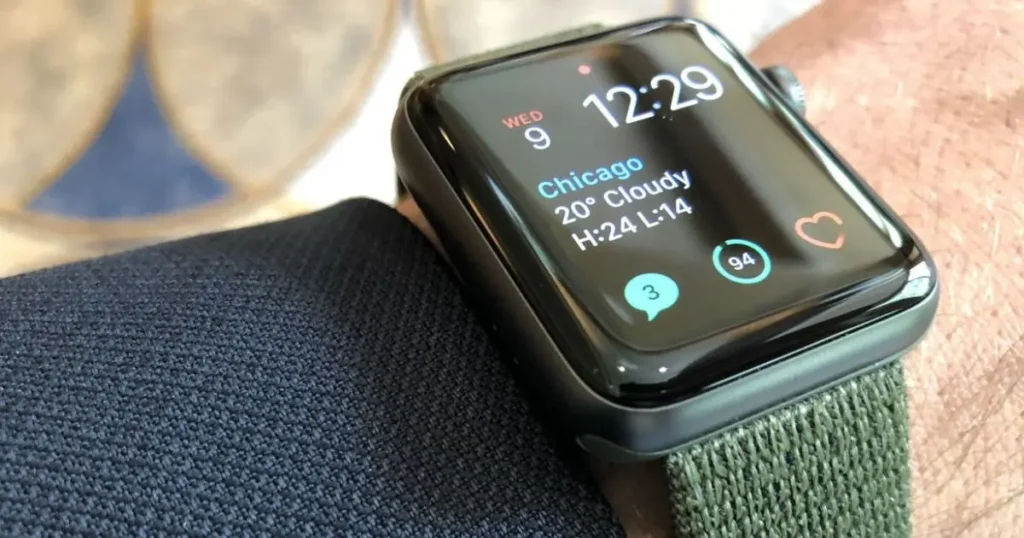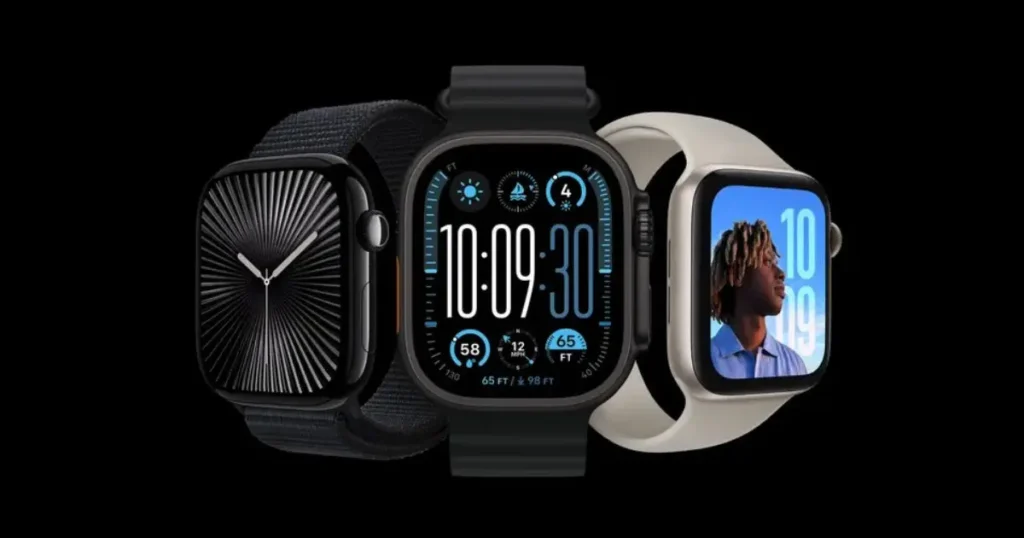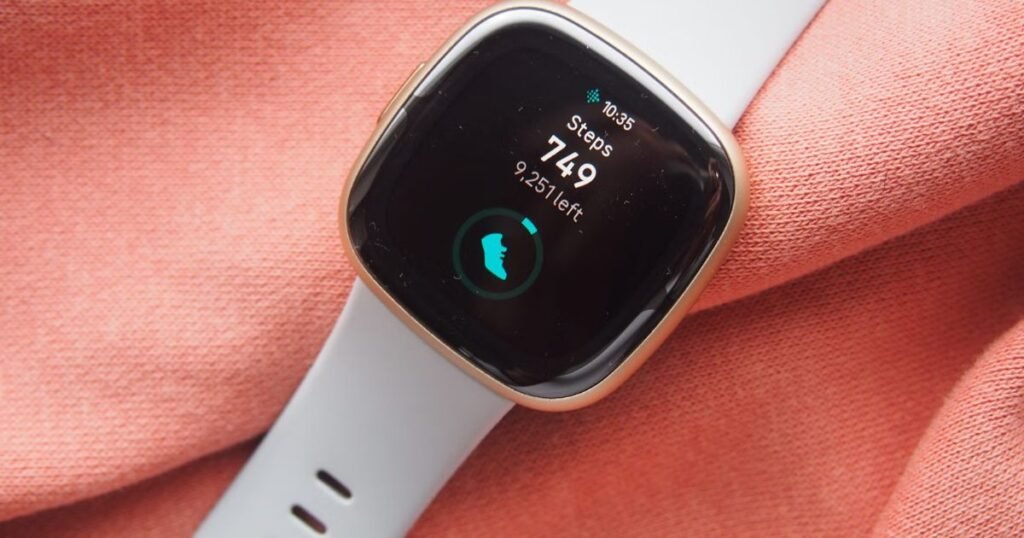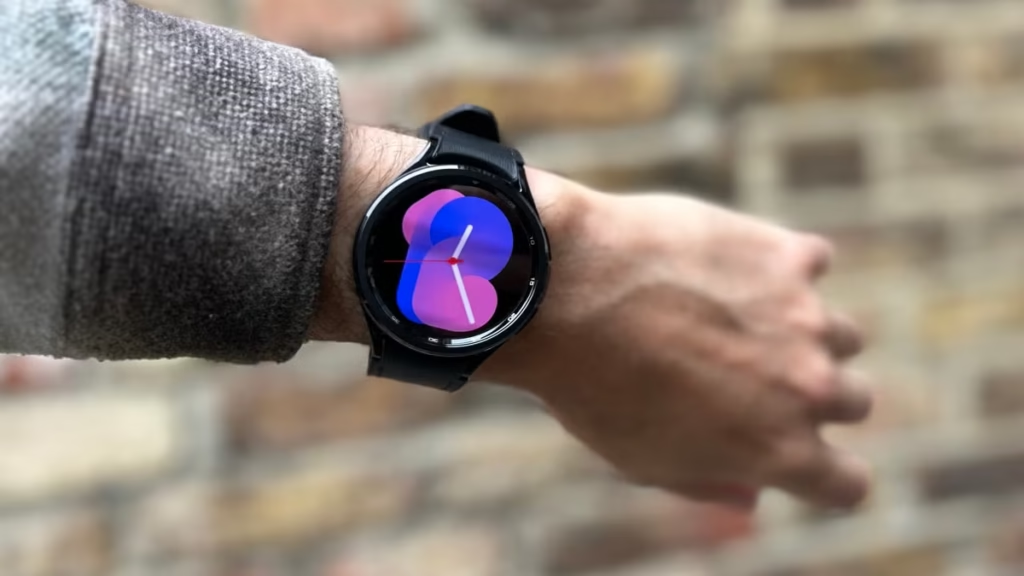
Smartwatches have evolved far beyond simple step counters. Today, they’re packed with advanced sensors that monitor everything from heart rate to sleep patterns. But can a smartwatch detect sleep apnea, a serious condition affecting millions worldwide? If you’ve ever wondered whether your wrist companion could help identify this sleep disorder, you’re not alone. In this article, we’ll explore how smartwatches tackle sleep apnea detection, which models stand out, and what limitations you should keep in mind.
What Is Sleep Apnea and Why Does It Matter?
Sleep apnea is a condition where breathing repeatedly stops and starts during sleep, often leading to loud snoring, daytime fatigue, and even long-term health risks like heart disease. According to the American Sleep Apnea Association, an estimated 22 million Americans suffer from this disorder, with many undiagnosed. Early detection is critical, but traditional testing—like overnight sleep studies—can be expensive and inconvenient.
Enter the smartwatch: a wearable device that promises to flag potential sleep apnea symptoms right from your wrist. But how reliable is this technology, and can it really replace a doctor’s diagnosis? Let’s dive in.
How Do Smartwatches Detect Sleep Apnea?
Smartwatches use a combination of sensors to monitor sleep and breathing patterns, offering clues about possible sleep apnea. Here’s how they work:
- Pulse Oximetry: Many modern smartwatches, like the Apple Watch Series 10 or Fitbit Versa 4, measure blood oxygen levels (SpO2). Sleep apnea often causes dips in oxygen saturation, which the watch can detect and log.
- Heart Rate Variability (HRV): Sudden changes in heart rate during sleep can signal breathing interruptions, a hallmark of sleep apnea.
- Motion Sensors: Accelerometers track movement to distinguish between light, deep, and REM sleep stages, helping identify restless patterns linked to apnea events.
- Algorithms: Advanced software analyzes this data to spot irregularities, such as prolonged pauses in breathing or oxygen drops.
For example, Apple’s latest watchOS update includes a Breathing Disturbances feature, which uses motion data to detect potential sleep apnea episodes. Similarly, Fitbit’s Sleep Score integrates SpO2 and sleep stage insights to highlight irregularities.
Which Smartwatches Excel at Sleep Apnea Detection?
Not all smartwatches are created equal when it comes to tracking sleep apnea. Here are some top contenders leading the charge:

1. Apple Watch Series 10
Apple has taken a big step forward with sleep apnea detection. In 2024, the FDA cleared its Breathing Disturbances feature, making it one of the first consumer wearables to offer clinically validated sleep apnea alerts. The watch tracks breathing patterns over 30 days and notifies users if it detects consistent signs of moderate to severe sleep apnea. Key perk: Seamless integration with the Health app for sharing data with your doctor.
2. Fitbit Charge 6
Fitbit’s SpO2 monitoring shines here. While it doesn’t directly diagnose sleep apnea, it provides detailed overnight oxygen level reports. Users can cross-check these with symptoms like snoring or fatigue to decide if a medical consult is needed. Bonus: Fitbit Premium offers deeper sleep analysis.


3. Samsung Galaxy Watch 7
Samsung’s latest model includes sleep tracking with oxygen monitoring and an apnea-focused algorithm. It’s designed to alert users to irregular breathing patterns, though it’s still awaiting broader regulatory approval for clinical use.
The Science Behind Smartwatch Sleep Tracking
Studies suggest smartwatches are getting better at spotting sleep apnea. A 2023 study published in Sleep Medicine found that devices like the Apple Watch had an accuracy rate of up to 88% for detecting moderate to severe sleep apnea when compared to polysomnography (the gold-standard sleep test). However, experts caution that these wearables are best as screening tools, not diagnostic devices.
Dr. John Smith, a sleep specialist quoted by Healthline, notes: “Smartwatches can raise a red flag, but they don’t replace a sleep study. They’re a starting point, not the final word.”
Limitations of Smartwatch Sleep Apnea Detection
While promising, sleep apnea smartwatch technology isn’t flawless. Here are some key limitations:
- Accuracy Variability: Factors like wrist movement, improper fit, or skin tone can skew SpO2 readings.
- No Real-Time Diagnosis: Unlike medical equipment, smartwatches can’t confirm sleep apnea—they only suggest possibilities.
- Regulatory Gaps: Outside of Apple’s FDA clearance, most brands market their features as “wellness” tools, not medical ones, limiting their legal weight.
- False Positives/Negatives: A restless night or a loose strap might trigger a false alert—or miss a real issue entirely.
For these reasons, experts recommend using smartwatch data as a conversation starter with a healthcare provider rather than a standalone solution.
How to Use Your Smartwatch to Monitor Sleep Apnea
Want to test your smartwatch’s sleep apnea detection? Follow these steps:
- Choose a Compatible Device: Ensure your smartwatch supports SpO2 or breathing disturbance tracking (e.g., Apple Watch, Fitbit, or Garmin).
- Enable Sleep Tracking: Set up the feature in your device’s app and wear it overnight consistently.
- Review Data: Check for oxygen drops, breathing irregularities, or alerts in the companion app.
- Consult a Doctor: If patterns persist, share your smartwatch logs with a specialist for a professional evaluation.
Pairing this with a sleep diary (noting snoring or tiredness) can provide a fuller picture. Need help choosing the right device? Check out The Best Smartwatches for 2025.
Should You Rely on a Smartwatch for Sleep Apnea?
The question remains: Can a smartwatch detect sleep apnea reliably enough to act on? For now, the answer is a qualified yes. Devices like the Apple Watch and Fitbit offer valuable insights, especially for those suspecting undiagnosed sleep issues. They’re affordable, convenient, and increasingly accurate—making them a great first step.
However, they’re not a substitute for professional care. If your smartwatch flags potential sleep apnea, don’t hesitate to seek a sleep study or medical advice. As technology advances, the gap between wearables and clinical tools will likely narrow, but we’re not there yet.
The Future of Sleep Apnea Detection on Your Wrist
Looking ahead, smartwatch makers are doubling down on health features. Apple’s FDA approval sets a precedent, and competitors like Samsung and Garmin are racing to refine their algorithms. Imagine a future where your watch not only detects sleep apnea but also syncs with CPAP machines or suggests lifestyle tweaks in real time. That day might be closer than you think.
For now, if you’re curious about your sleep health, your smartwatch is a powerful ally. It won’t replace your doctor, but it could be the nudge you need to take action. Have you tried tracking sleep apnea with your smartwatch? Let us know your experience in the comments!
